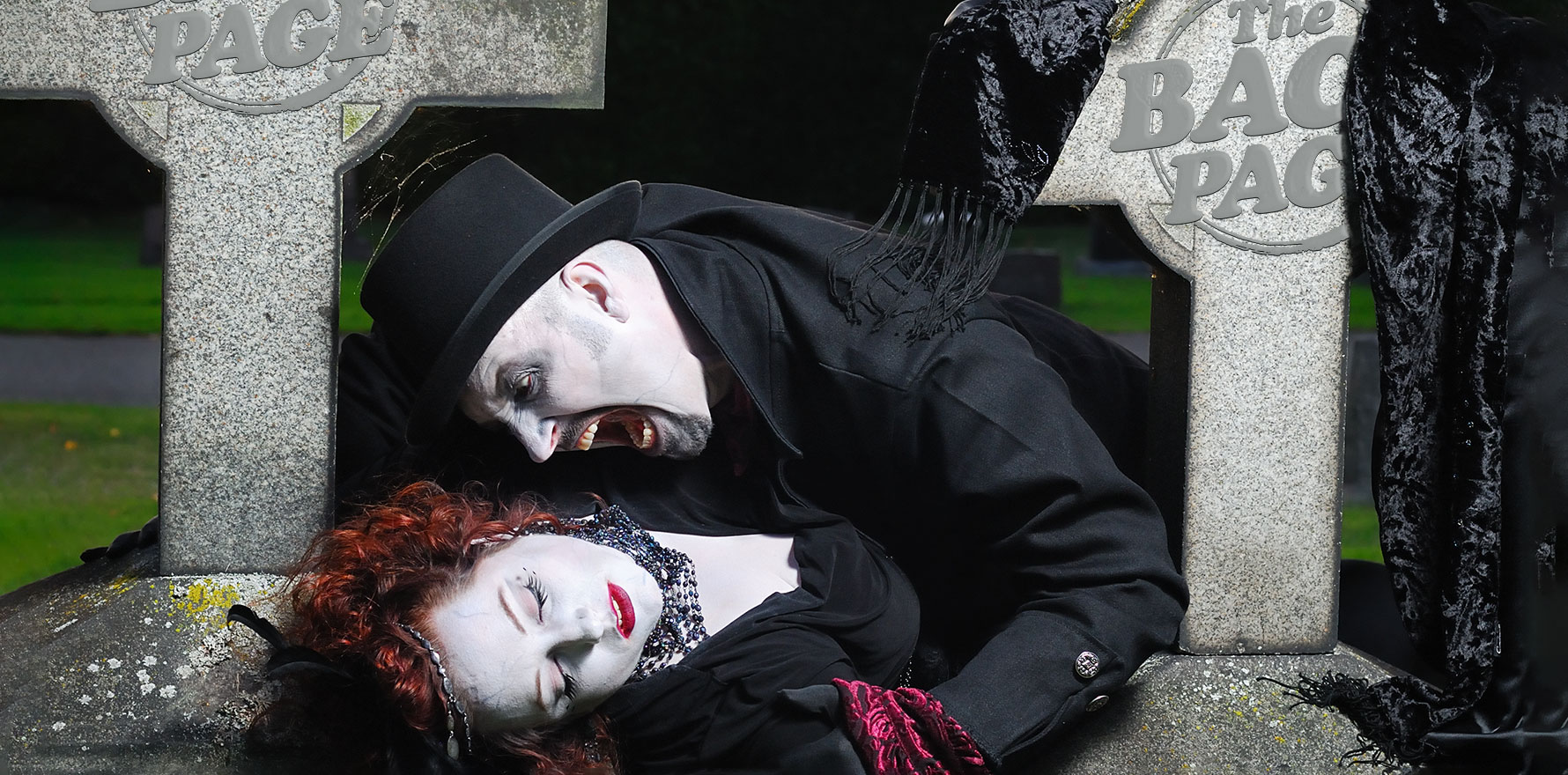The same microbial decomposers will always show up for a feed when dead human is on the menu.
It’s Valentine’s Day, folks, and what better way to celebrate than with decomposing human corpses?
On a day of the week when our inboxes are clogged with so-called press releases warning about our “love affair with saturated fats” and urging us to “break up with our old toothbrushes”, the Back Page reverts to a teenage goth and says: stuff that, bring me cadavers.
A large research team from across the US formed to investigate who exactly, microbially speaking, turns up to feast on dead bodies, and in which environments.
As they write in their paper, published in Nature Microbiology, a freshly dead body is an ecological red-letter day: “The lipid- and protein-rich cadaver nutrient influx is a major ecological disturbance event that attracts scavengers from across the tree of life and initiates the assembly of a specific microbial decomposer community.”
But the exact nature of the microbes, how consistent they are across various climatic conditions and whether they need to change up their metabolic processes to deal with the rare gift of a lifeless human body is poorly understood.
Unlocking the “microbial ecology black box” for human and other decomposition could inform “innovation in agriculture and the human death care industry (for example, composting of bodies), sustainability (for example, animal mass mortality events) and the forensic sciences (for example, estimating postmortem interval), as well as guide future research on plant decomposition and maintaining global productivity under anthropogenic change.”
That’s a solid set of justifications for the research, though we confess they’ve lost us with the last one. And actually also with agriculture?
Anyway, they took 36 donated human cadavers and planted them across three very different North American sites – in Colorado, south Texas and Tennessee – in each of the four seasons.
After 21 days they took skin samples from faces and torsos and from the surrounding soil, and profiled the DNA of the party guests.
While there was some initial randomness and the overall microbial profile did differ across locations, the same faces showed up again and again: “We discovered a universal network of microbes responding to the cadaver decomposition despite selection effects of climate, location and season on the assembly of the microbial decomposers within the soil.”
Note that for the nearly-all-American authors, “universal” means “more than one place in America”.
There was evidence of a division of labour between types of microbe – fungi acted as specialist decomposers of complex matter like proteins and lipids into fatty acids and amino acids, which were further metabolised by bacteria.
Among the chief ghouls were the fantastically named Oblitimonas alkaliphila, Ignatzschineria, Wohlfahrtiimonas, Bacteroides, Vagococcus lutrae, Savagea, Acinetobacter rudis and Peptoniphilaceae.
These, to the researchers’ surprise, “represented unique phylogenetic diversity that was extremely rare or undetected” in the datasets collected in two large citizen science projects, the American Gut Project and the Earth Microbiome Project. The assumption had been that at least the Bacteroides would derive from a human gut source, emerging to see what life was like on the outside.
“Overall, we find that the soil microbial decomposer network is phylogenetically unique and in extremely low relative abundance in the environment until the cadaver nutrient pool becomes available,” they write.
In other words, this community of ghouls seem to appear from almost out of nowhere to feast opportunistically on dead human flesh.
Is it Halloween yet?
Send inappropriately themed story tips to penny@medicalrepublic.com.au.


